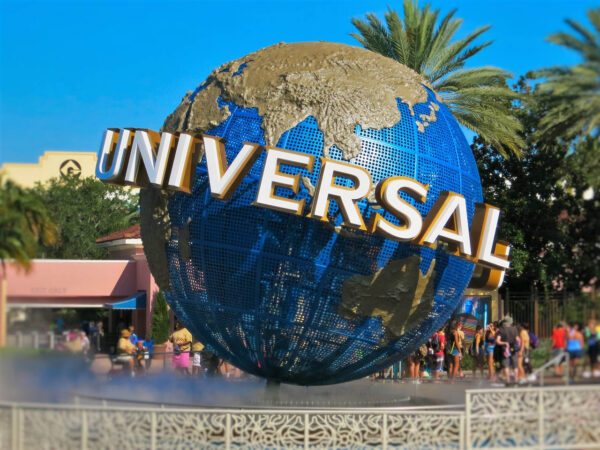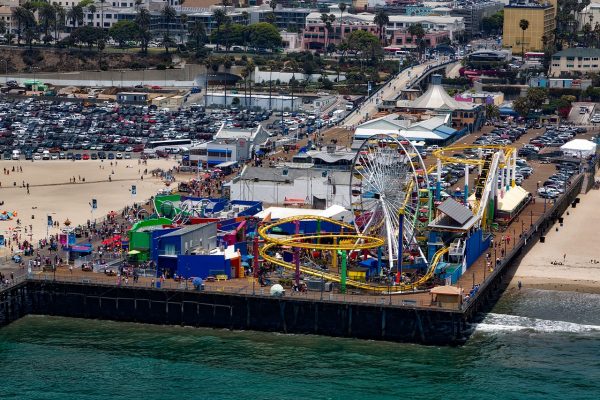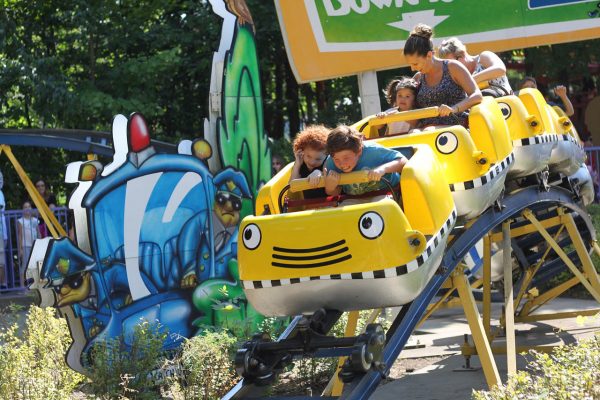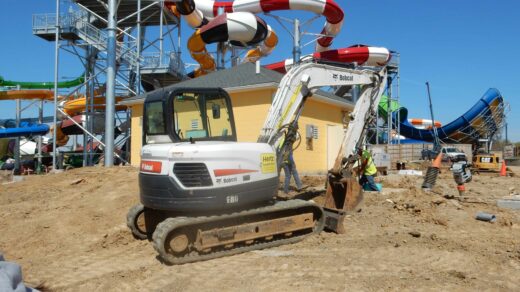Theme park and tourist attraction planner PGAV Destinations recently released its second annual “Voice of the Visitor” report, which researches and analyzes 2016 theme park trends and other patterns in the attractions industry.
The firm partnered with H2R Market Research to poll more than 1,500 U.S. leisure attraction visitors. Amusement industry resource Blooloop analyzed the data to provide insight into the findings.
The report’s destination categories include zoos, aquariums, landmarks, museums, water parks, theme parks and a slew of other common types of tourist attractions.
Theme Park Trends in 2016
 Of course, the most interesting section for me to study was the theme park and amusement park category. For the purposes of this study, traditional, non-themed “amusement parks” also fall into the theme park category.
Of course, the most interesting section for me to study was the theme park and amusement park category. For the purposes of this study, traditional, non-themed “amusement parks” also fall into the theme park category.
Of the 1,500+ respondents, roughly 37 percent visited a theme park in 2016. This was a 2-percent increase over 2015.
The average age of a theme park visitor was 41 years.
Roughly half of the respondents visited a theme park that was more than 50 miles away from home. This total decreased 9 percent from 2015.
Surprisingly, theme parks scored an overall 4.35 satisfaction rating (on a 0-5 scale). This decreased from 4.49 in 2015.
What’s in store for 2017? The report predicts that, based on 2016 responses, theme park attendance will rise by 4 percent in 2017.
Water Park Trends in 2016
What about theme park’s counterpart? In 2016, 22 percent of respondents visited a water park — a 1-percent decrease from 2015.
The average age of a water park visitor was 38 years — three years younger than the average theme park visitor.
Roughly 47 percent of guests traveled 50+ miles from home to visit a water park.
On their most recent visit to a water park, 26 percent of water park guests used a season pass.
Overall guest satisfaction at water parks was 4.05 compared to theme parks’ 4.35.
Of the respondents who visited a water park, 77 percent also visited a theme park.
What’s in the 2017 pipeline for the water park industry? Water park attendance is forecasted to fall by only 0.7 percent in 2017.
Considering the growing costs of a theme park visit, I wasn’t surprised that the average household income for both theme park and water park visitors was $86K.
 Good news for theme park fans: theme parks, along with aquariums and family entertainment centers, are the categories expected to see the most growth in 2017. All three categories are expected to see attendance increases of 3 percent or more.
Good news for theme park fans: theme parks, along with aquariums and family entertainment centers, are the categories expected to see the most growth in 2017. All three categories are expected to see attendance increases of 3 percent or more.
Season passes are also a strong driver of attraction visits: four in ten visitors held a season pass or a similar membership pass in 2016. Theme parks and zoos are unsurprisingly the categories most likely to offer those types of passes — 23 percent of theme park guests used a 2016 season pass to gain entry to a park.
Technology Trends
Being somewhat of a tech geek, I found the technology trends to be especially interesting. It comes as no surprise that 86 percent of visitors brought their smartphone with them on their last trip. However, fewer than one in five downloaded that attraction’s app.
 What types of tech amenities do guests expect? The top five are:
What types of tech amenities do guests expect? The top five are:
- Scannable admission tickets to quicken the entry process.
- Automatic discounts for members and season pass holders.
- GPS maps and directions for better wayfinding.
- Skip-the-line and attraction reservation systems.
- Wait times posted electronically.
Advancements in wait-time technology are already underway, as we discovered in our feature of BlipTrack Technology.
Access the entire 2017 Voice of the Visitor report here.
What are your thoughts on these findings on theme park trends? Discuss in the comments section below.
















Recent Discussion